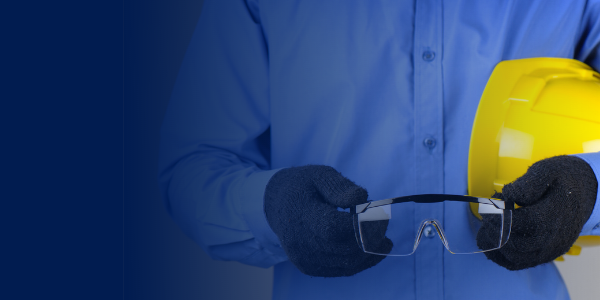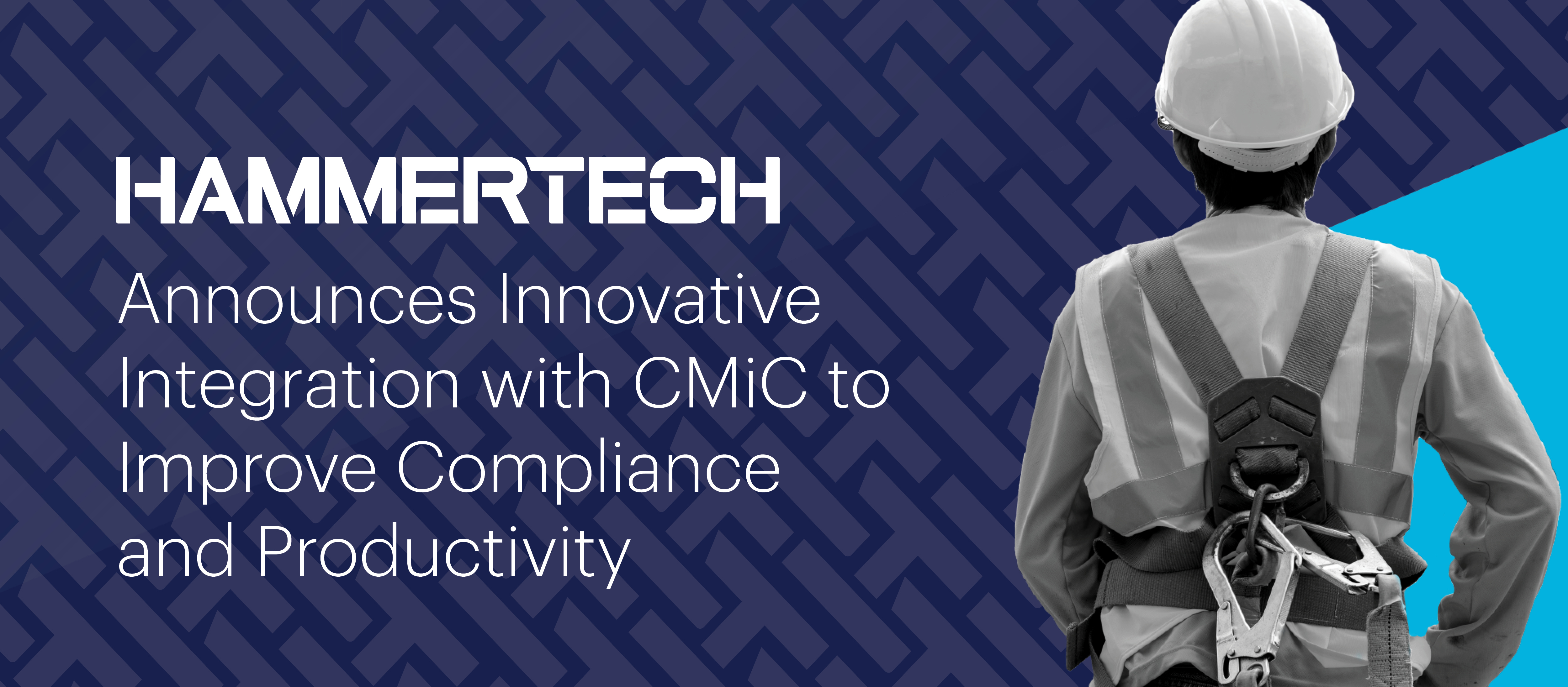Collaboration is key to any successful business. Everything is interrelated and it’s no different in a construction business. For many years, the construction industry has put safety data into a silo and that’s a big mistake. Safety has an impact on everything that happens from the jobsite to the office. That’s why owners, contractors, and engineers need an integrated platform with an open API that feeds safety data into business intelligence dashboards that executive leadership can understand and act on.
Why Centralize Safety Data?
Centralized safety data is key when inspectors show up at the jobsite. When inspectors show up at a jobsite you don’t want them on the jobsite longer than necessary. When you have your safety data in a platform for sign ins, you can quickly show the inspector who was on the jobsite on the day or any date they need, which pre-task meetings a specific worker attended and show them the JHAs, SDSs, inspections, and permits. There’s no need for the inspector to walk through the jobsite to the job trailer while you dig through a file cabinet or six-inch-thick binders to provide them with the necessary documentation.
With centralized safety data, you can predict the likelihood of an incident and take course corrections immediately. You analyze near misses on one project to find the root cause of the issues and make sure that you apply the insights across your entire portfolio of projects. You quickly see on Business Intelligence Dashboards if one jobsite has more near misses than another jobsite. It’s also easy to see if one subcontractor reports more near misses than others. You can find out how the subcontractor makes the workers feel safe to report near misses to avoid major incidents to share with other subs.
Safety experts using a centralized safety platform find patterns with easy to analyze business intelligence dashboards. For example, they can quickly see that the most near misses happen when a worker has worked over 8 hours in a day or on days when the temperature is over 100 degrees. It’s a well-known fact that most injuries and incidents happen much later in the project when workers get comfortable with repetitive tasks. With a safety platform, you can ramp up the pre-task planning meetings, toolbox talks, task observations, and safety checklists to overcome these repetitive-task issues leading to late project injuries and incidents. It’s easy to see the checks and balances in place to increase the measurable guardrails to avoid the late project injuries and accidents from repetitive tasks.
Enter the Safety Platform
A safety platform connects the worker to all the critical elements to mitigate safety and allows contractors to put controls in place. Because a safety platform has the worker at the heart of the system, you know with confidence that the right person has the right certification to perform the work and has the right training or certification to operate the piece of equipment.
A safety platform not only allows you to easily document safety incidents. Workers sign in daily and are flagged if they shouldn’t be on the jobsite and alerts are sent to the appropriate supervisors. General contractors confidently know that their trade partners’ insurances are up-to-date, and their employees are certified to perform the work for the permits. With the worker at the heart of the safety control tower, JHAs, equipment, permits, meetings, injuries, and inspections are linked to the worker to provide a 360-degree view of what’s happening without being there.
Completing your Tech Stack
As you can see, having safety as an afterthought, it leaves a contractor blindsided to what is truly happening onsite and the risk exposure to workers and the contractor. Construction has come a long way on the digitization journey over the last decade with software platforms for estimating, scheduling, project management, and financials. Safety and quality, such critical field operations, are now the final pillars of construction that truly bring all the key project indicators together in a single management solution. With centralized safety data all in one place, safety managers spend their time analyzing and predicting risks rather than spending time collecting data to create reports for lagging indicators. With centralized safety data all in one place you can make better decisions faster to keep projects on schedule, within budget, and safer.
To learn more about the HammerTech Safety Platform and why top contractors like DPR Construction, Holder, Davis, and Shawmut use it every day, check out our case studies.





